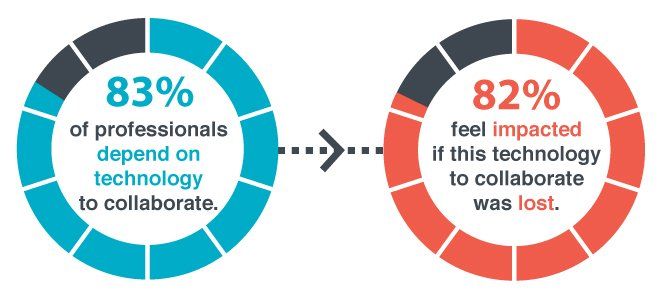Newsrooms and Technology
Within the last 3 years, our online interactions have experienced a big shift. The rise of machine learning and personal assistants have changed the expectations for online access to information and news. Users now expect that their online experience will be fully personalized. They want to know trends and news that are important to them and expect that what they consume online will be relevant directly to their daily lives. Anything outside of their interest zone is irrelevant and a waste of their time.
This main shift has introduced newsrooms to a reevaluation stage, where the usage of digital solutions and technology is the focus. In recent research, 72% of newsrooms now post all their stories in social media. Not only that, 83% of newsroom journalists check social media for any breaking news locally and globally and 45% use social media for conducting source interviews. Journalists now have to consider knowing and utilizing a variety of tech skills and technology within their workflow.
Artificial Intelligence
When it comes to the daily workflow in newsrooms, digital teams have a completely different processes than their broadcasting counterpart. This uncovers a communication and collaboration breakdown as the technology used for creating content for each is still diverse and unconnected. While the line between consuming news online or from television is more blurred than before.
Not only that, but many journalists are now freelancers that work with more than one news organization for different sections. Most newsrooms will also have many remote journalists that create hyper-competitive content in real-time. For the workflow to be efficient, a dynamic editorial approach need to be employed. The main purpose is to accelerate the content process of sorting and researching the news data; eliminating repetitive tasks that most journalists have no time to do anymore. By providing quick fact-checking opportunities, artificial intelligence saves time when eliminating any fake news, by analyzing word patterns. The focus is to discover angles and insights to publish timely newsworthy stories. This not only helps to scale the reach of the content, but also to boost engagement by enhancing the article content.
In this real-time industry, artificial intelligence can also offer more personalized content and improve content recommendations for readers. This is mainly accomplished by looking at reading preferences, time spent on an article, and location of the individual.
Integrated Team Messaging Apps
To publish local, national and even international news, many newsrooms will have remote work environments. This is true for many industries as well. Hopping over to someone’s desk to ask a question or run something by them is no longer the same time zone. This has also lead newsrooms to consider specific apps and solutions around a reliable communication system.
Adopting integrated messaging tools that can link to documents for editing and allow commands to automate the publishing process have been key in a more synchronized work environment. Rather then sifting through emails and looking for attachments, communication solutions can offer a centralized space where edits, recommendations and angles to consider between remote teams. Teams working on different stories can quickly collaborate by creating story chats and jump from one to the other as tasks get completed.
Robots and Automated Journalism
The growing usage of artificial intelligence has lead to a new wave in journalism within the last year – “robot generated stories” or automated journalism. These “robots” utilize preprogrammed article templates and process data to generate content copy and apply it to the template with more details. In basic terms, it is allowing a bot write your content for you.
Associated Press, as well as Washington Post has been experimenting in this area. There has been quite a buzz and the results seems to prove that generating articles through automated journalism can help keep on top of fast paced news developments – such as sports and finance. The Washington Post kept on top of the game statistics and updates for the Rio Olympics by analyzing the data and generating relevant phrases in their preconfigured story templates, equipped with their editorial standards and rules. Associated Press was also generate narratives for their website from the data provided through financial reports for quarterly recaps with a 12-fold increase.
Artificial Intelligence, Messaging Apps and Automated journalism systems basically assist journalists to pursue less mechanical stories and speed up their workflow to produce more real time content. To implement this system to more complex article topics could mean that there is less depth and complexity, while also not taking into consideration bias. Although there is a case to be made for these technology tools to be implemented in every newsroom, there are still many limitations and we will have to wait and see what new developments will surface.













